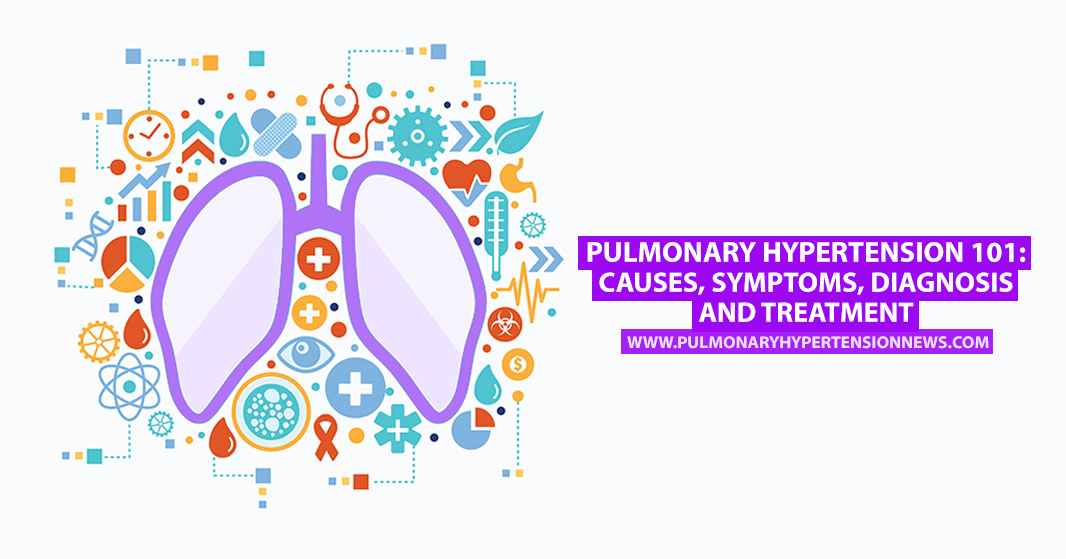Pulmonary Hypertension 101: Causes, Symptoms, Diagnosis and Treatment

According to the Cleveland Clinic, pulmonary hypertension (PH) is a rare blood disease. In PH patients, arteries become more narrow, making it difficult for blood to flow through the vessels between the heart and the lungs, increasing the blood pressure in the pulmonary arteries.
MORE: The difficulties of diagnosing pulmonary arterial hypertension
Evidence suggests that the progression of the disease originates from damage to the thin layer of cells that line the small blood vessels in the lungs. The cause of the damage is unknown, but the damage changes the interaction between the thin layer of cells and the smooth cells in the vessel wall. This causes the smooth cells to contract more than usual, resulting in the narrowing of the arteries.
PH can be caused by liver diseases, rheumatic disorders, lung conditions, some heart diseases (aortic valve disease, left heart failure, mitral valve disease, and congenital heart disease), thromboembolic disease, low-oxygen conditions and genetics. In a small number of cases, there are familial links that may indicate some level of inheritance.
Symptoms
Symptoms generally only occur once the disease starts to progress. Symptoms include shortness of breath, dizziness, fainting, irregular heartbeat, racing pulse, shortness of breath during exercise and difficulty breathing while resting.
Diagnosis
Diagnosis includes a physical exam, in which the doctor listens for abnormal heart sounds, examines the jugular vein to see if it’s larger than normal and checks the legs, arms and abdomen for swelling. Another series of tests, including blood tests, an echocardiogram, a chest X-ray, pulmonary function tests, angiograms and CT tests are also carried out to arrive at a diagnosis.
Treatment
Treatment for PH generally includes medication, including oxygen, blood thinners, diuretics to reduce swelling, and inotropic agents to improve the heart’s ability to pump blood through the body. Some lifestyle changes, along with regular visits to the doctor, are also required to control the disease. There is also the possibility of surgery, such as lung or heart transplantation and pulmonary thromboendarterectomy to remove blood clots.
MORE: Seven tips for planning your first pulmonary hypertension appointment
Pulmonary Hypertension News is strictly a news and information website about the disease. It does not provide medical advice, diagnosis or treatment. This content is not intended to be a substitute for professional medical advice, diagnosis, or treatment. Always seek the advice of your physician or another qualified health provider with any questions you may have regarding a medical condition. Never disregard professional medical advice or delay in seeking it because of something you have read on this website.







